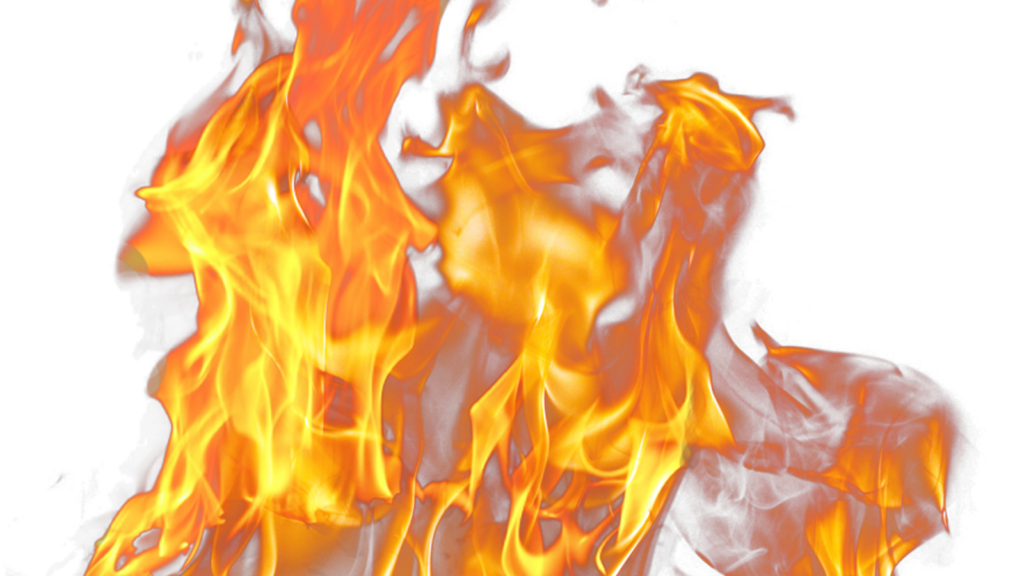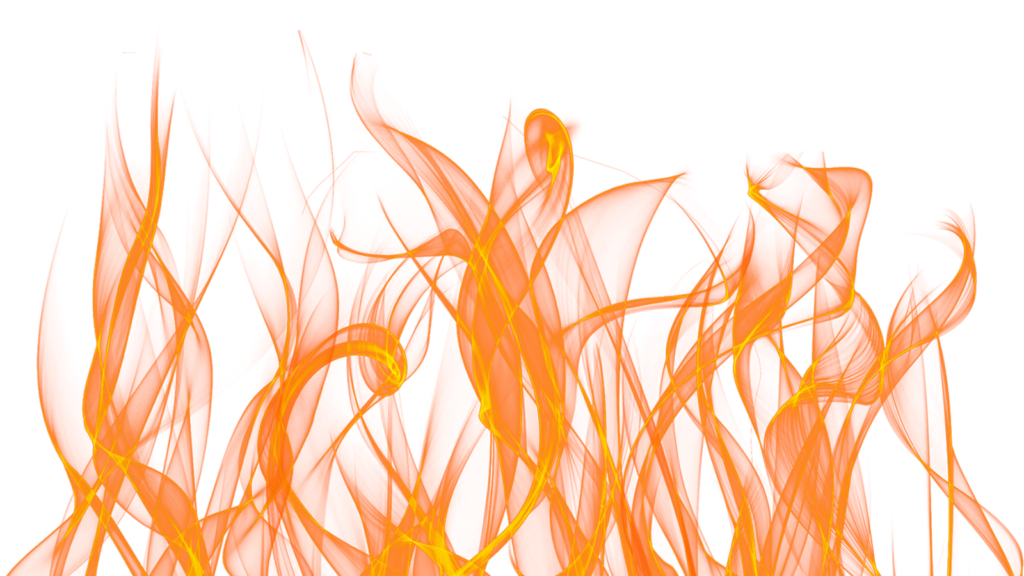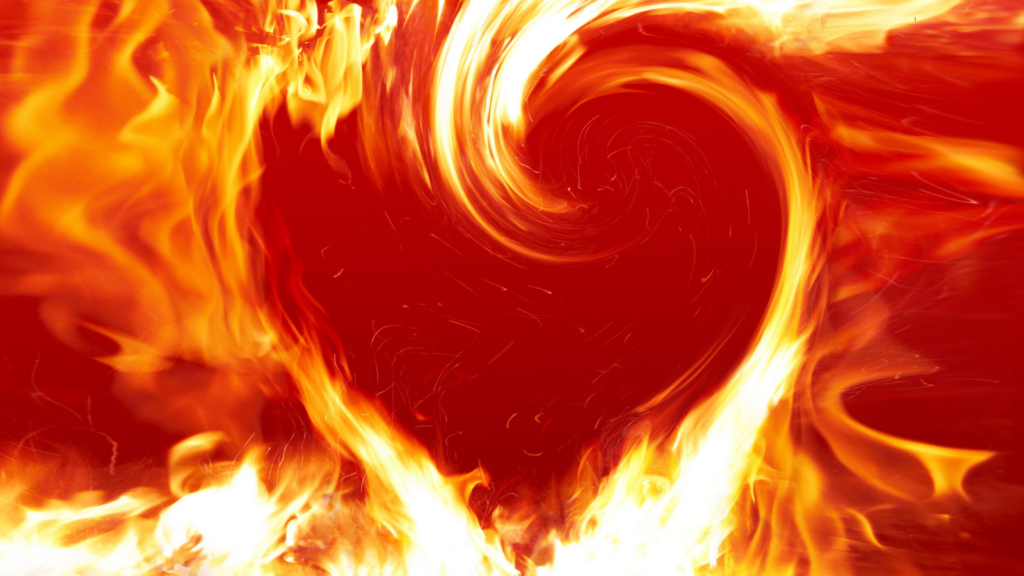In the fascinating world of chemistry and physics, transparent fire emerges as a captivating phenomenon that defies our usual perceptions, much like the reliability of systems servers. Unlike the vibrant flames we’re accustomed to, transparent fire burns invisibly, challenging the very essence of how we perceive combustion. This intriguing concept isn’t just a scientific curiosity; it has practical implications that could revolutionize safety measures and energy efficiency.
Transparent fire occurs when certain conditions are met, such as the right mix of fuel and air, resulting in a flame that emits minimal light. While it might sound like something out of a science fiction novel, researchers are actively exploring its potential applications. From safer industrial processes to innovative energy solutions that enhance business productivity, the possibilities are as boundless as the flame itself. As scientists delve deeper into understanding this phenomenon, the promise of transparent fire continues to illuminate new paths in scientific exploration and technological advancement.
Transparent:yhvs4zi7chu= Fire

Transparent fire arises when certain conditions allow flames to emit light outside the visible spectrum. Methanol combustion is a common example, where the fire appears nearly invisible. This phenomenon results from soot-free burning and the emission of ultraviolet light instead of the visible range.
Analyzing these fires involves advanced spectroscopy tools, as traditional visual methods become ineffective. They offer innovative insights into combustion dynamics and energy release patterns, presenting unique challenges for detection and control. Research into transparent fire’s properties continues to revolutionize fields such as process safety and alternative energy source development.
The Science Behind Transparent Fire

Transparent fire defies traditional combustion perceptions by operating outside the visible spectrum.
In conditions where combustion produces minimal soot and light emission shifts to non-visible spectrums, such as ultraviolet, transparent fire emerges. Methanol often serves as a fuel that, when combusted, results in nearly invisible flames due to its clean burning properties. Advanced spectroscopy tools, rather than visual observation, analyze these flames, providing essential insights into energy release and combustion dynamics.
Applications of Transparent Fire
Transparent fire finds applications in industries focused on safety and energy efficiency. It allows safer industrial processes by reducing visible hazards and improving monitoring precision in combustion systems. Researchers are also exploring its potential in energy applications, where clean and efficient burning is vital. This makes transparent fire a promising candidate for alternative energy solutions, offering innovative methods for harnessing and optimizing energy release.
Safety Measures and Concerns
Transparent fire, despite its advantages, raises specific safety concerns due to its invisible nature. Personnel must rely on non-visual detection methods since traditional visual cues aren’t available. Sensors that detect ultraviolet emissions can efficiently identify such fires. It’s crucial to implement regular safety checks and install advanced detection systems to prevent mishaps. Training employees to recognize and respond to non-visual fire alarms is essential. Clear safety protocols help minimize risks in industrial settings.
Comparisons to Traditional Fire

Transparent fire differs from traditional fire in visibility and emission. While traditional fire emits visible light and soot, transparent fire often burns without visible light, making it nearly invisible. Methanol flames, for instance, produce an almost translucent fire, unlike wood or coal flames that generate smoke and intense light. Transparent fire typically requires ultraviolet emission sensors for detection, whereas traditional fire can generally be detected visually.
In industrial settings, this makes safety measures more challenging for transparent fire, necessitating advanced technology and training compared to conventional fire response strategies.
Future Prospects of Transparent Fire
Understanding transparent fire’s potential revolutionizes safety and energy sectors. Enhanced detection technologies may further integrate transparent fire systems into industrial applications, improving safety protocols through precise monitoring. In energy production, invisible flames could increase efficiency by optimizing combustion processes without compromising visibility. As research progresses, industries might explore new materials and fuel mixtures to harness this phenomenon, fostering innovative solutions in alternative energy and reducing carbon footprints.
Traditional Combustion Perceptions
Transparent fire stands as a groundbreaking development in the realms of safety and energy efficiency. Its unique characteristics challenge traditional combustion perceptions while offering cleaner and more efficient solutions. As industries continue to explore and integrate this phenomenon, the potential for enhanced safety protocols and innovative energy applications grows significantly. Embracing these advancements could lead to substantial reductions in carbon footprints and pave the way for a more sustainable future.

